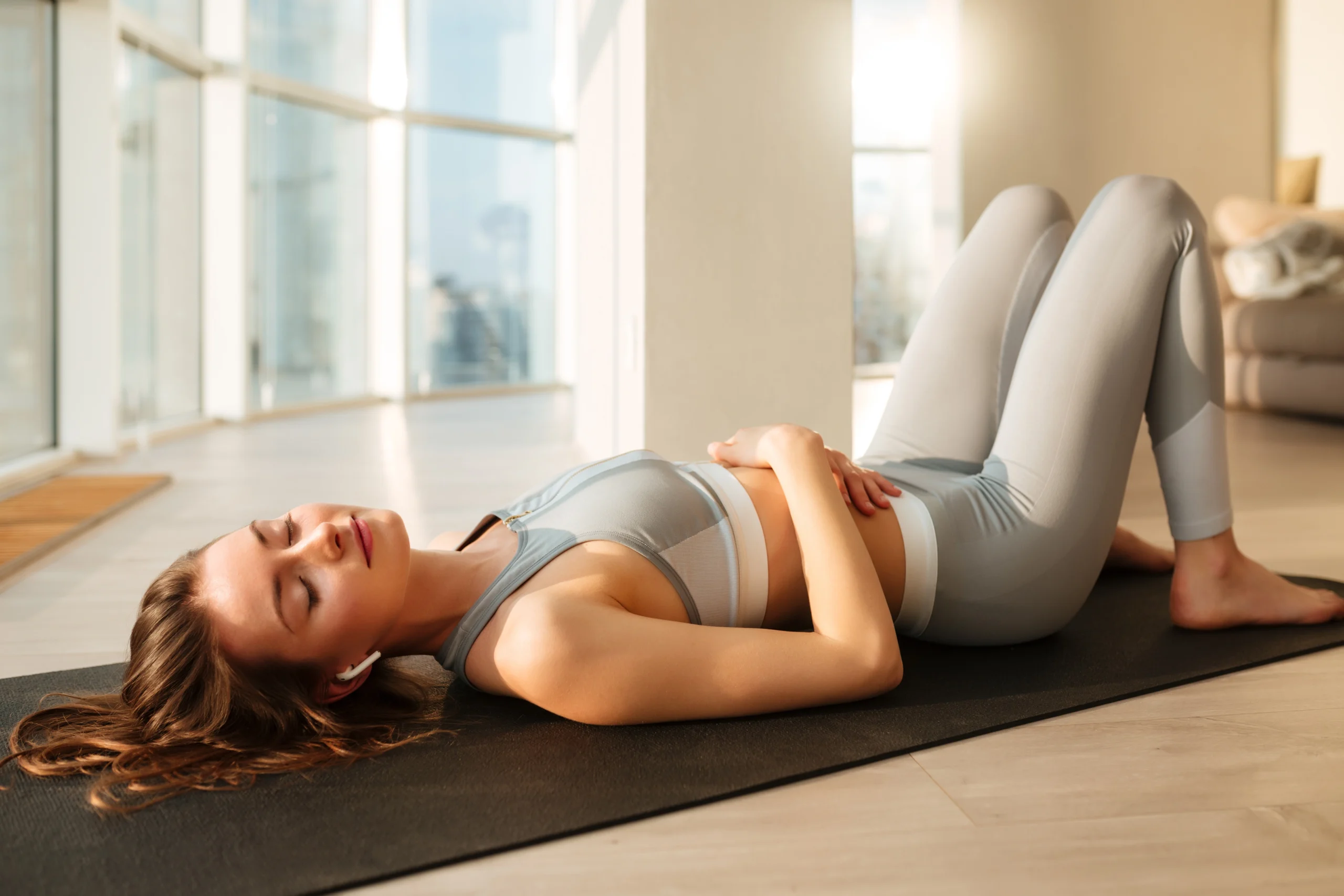
In a fast-paced world filled with noise, stress, and distraction, your breath is one of the simplest and most powerful tools you have for grounding, healing, and energizing yourself. Breathwork has gained massive popularity in recent years, and for good reason—it’s free, accessible anywhere, and profoundly effective for mental, physical, and emotional well-being.
Whether you’re a total beginner or looking to deepen your practice, this guide walks you through the science, the benefits, and one of the most buzzed-about techniques out there: the Wim Hof Method.
Breathwork is an umbrella term for conscious breathing techniques designed to influence your mental, physical, and emotional state. These practices range from gentle and meditative (like diaphragmatic breathing) to energizing and intense (like Breath of Fire or the Wim Hof Method).
In daily life, we breathe automatically—but learning to control the breath gives us the power to shift into relaxation, relieve anxiety, reduce inflammation, and even unlock creativity.
Conscious breathing impacts the nervous system, helping us transition out of fight-or-flight mode into a calm, centered state. Here’s how it can help:
As Dr. Herbert Benson, founder of the Mind/Body Medical Institute at Massachusetts General Hospital, discovered, breathwork activates the “relaxation response,” a state that counteracts stress at a physiological level.
Breathwork isn’t just good for your mood—it also boosts your physical health in powerful ways:
The bottom line? The way you breathe directly influences the way you feel—body and mind.
One of the most well-known breathwork practices today is the Wim Hof Method, developed by Dutch athlete Wim Hof (aka “The Iceman”). This technique in whole combines three pillars:
Studies show Wim Hof practitioners can voluntarily influence their autonomic nervous system—a feat once thought impossible.
Note: Always practice the Wim Hof Method in a safe, seated or lying position. Never do breath holds in water, while driving, or in any risky environment.
If you’re new to breathwork or want alternatives to Wim Hof, here are beginner-friendly methods to explore:
Even 5–10 minutes per day can make a significant difference in your nervous system and overall health.
In many cultures, breath is more than just air—it’s energy, or prana. Breathwork has long been used in spiritual traditions to achieve altered states, connect with higher consciousness, and release emotional blockages.
Whether you’re practicing for self-awareness or simply to feel better in your body, breathwork is a powerful gateway to healing and transformation.
Pairing your breathwork with red light therapy (RLT) can amplify the effects. RLT improves circulation, reduces inflammation, enhances cellular energy, and promotes deep relaxation—making it a perfect match for your daily breathwork session.
Tip: Try a 15-minute breathwork session in front of a full-body red light panel (like the Lumavit Home Pro) to stimulate mitochondrial health while calming your nervous system.
“Your breathwork practice will be elevated to the next level when your entire diaphragmatic respiratory system is stimulated with full-body red light therapy.” – Dr. Alayna Newton, DPT
You don’t need an hour a day or a silent retreat to benefit from breathwork. Just a few minutes of conscious breathing each day can help:
Pick one technique, commit to it for a week, and notice how you feel. Breath is the bridge between body and mind—master it, and you master your state of being.
Ready to take a deep breath and transform your health? Try combining breathwork with your red light therapy practice today—and feel the shift. Check out our top-rated red light therapy devices!
Sources: